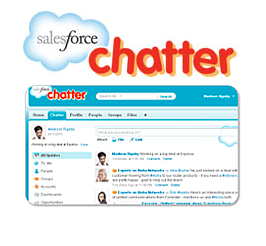Bickel Business Review of 2010

As reported last year, I am trying to do a Business and a Running Year in Review at the end of each year. It is a good way for me to kind of think thru what has happened and where I am going. It also leaves a trail (I have personal Christmas Card write-ups that go back to 1995 that are personally interesting to read). 2010 has been a big year with very major changes in CloudBees, eXo, Metaverse and RunSignUp.com. Maybe a bit too busy at times, but very cool to be working with so many smart peo ple and figuring out ways I can take credit for their brilliant ideas. Marlise noticed the Microsoft Cloud commercial the other day and asked if that had anything to do with what I work on. I said pretty much every one of the companies (besides the store) I work with is focused on the Cloud. This along with mobile/tablet devices will be the #1 topic the next several years in the world of technology... I thought for sure my middleware experience would be totally useless by now, but the indu...


















